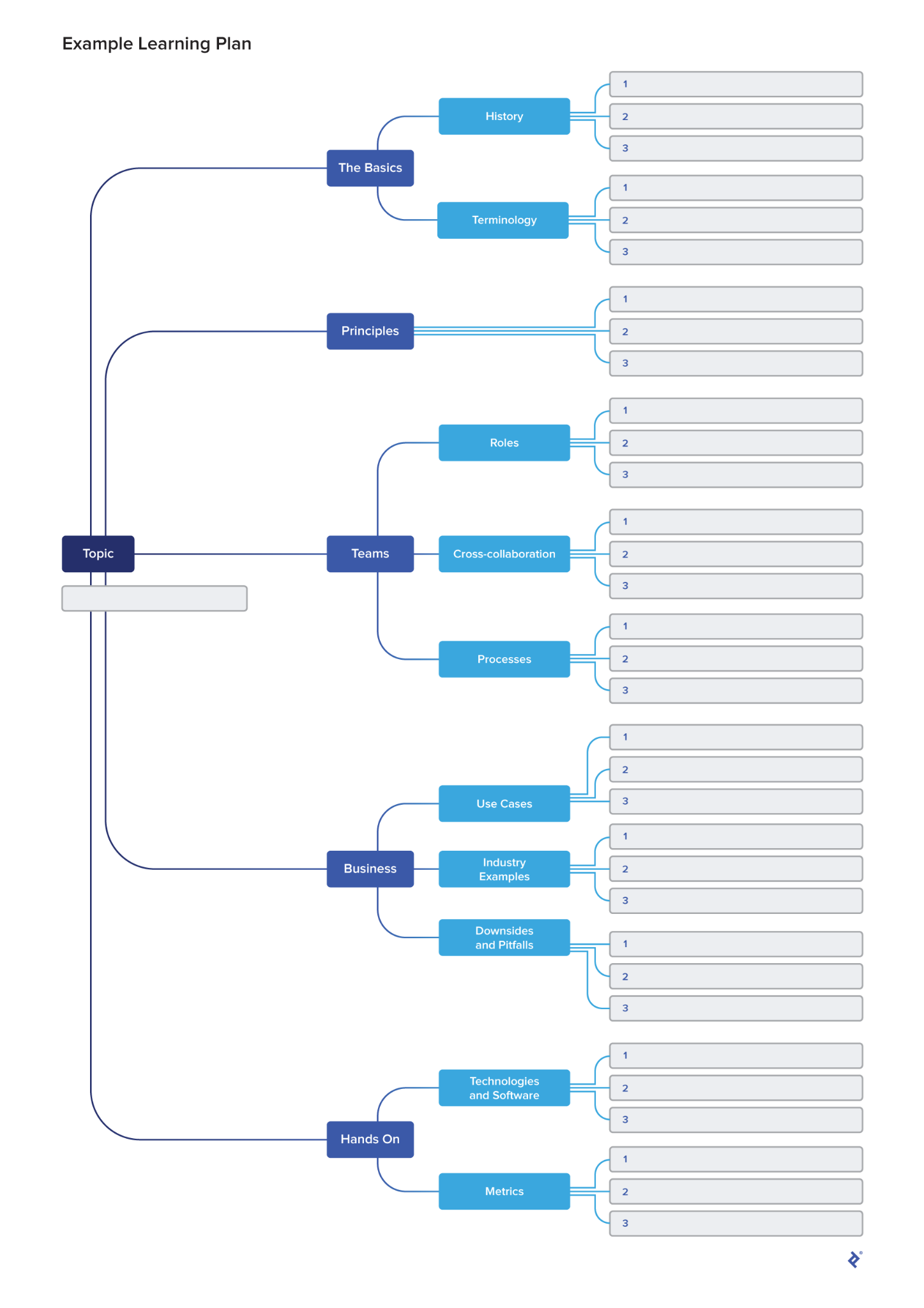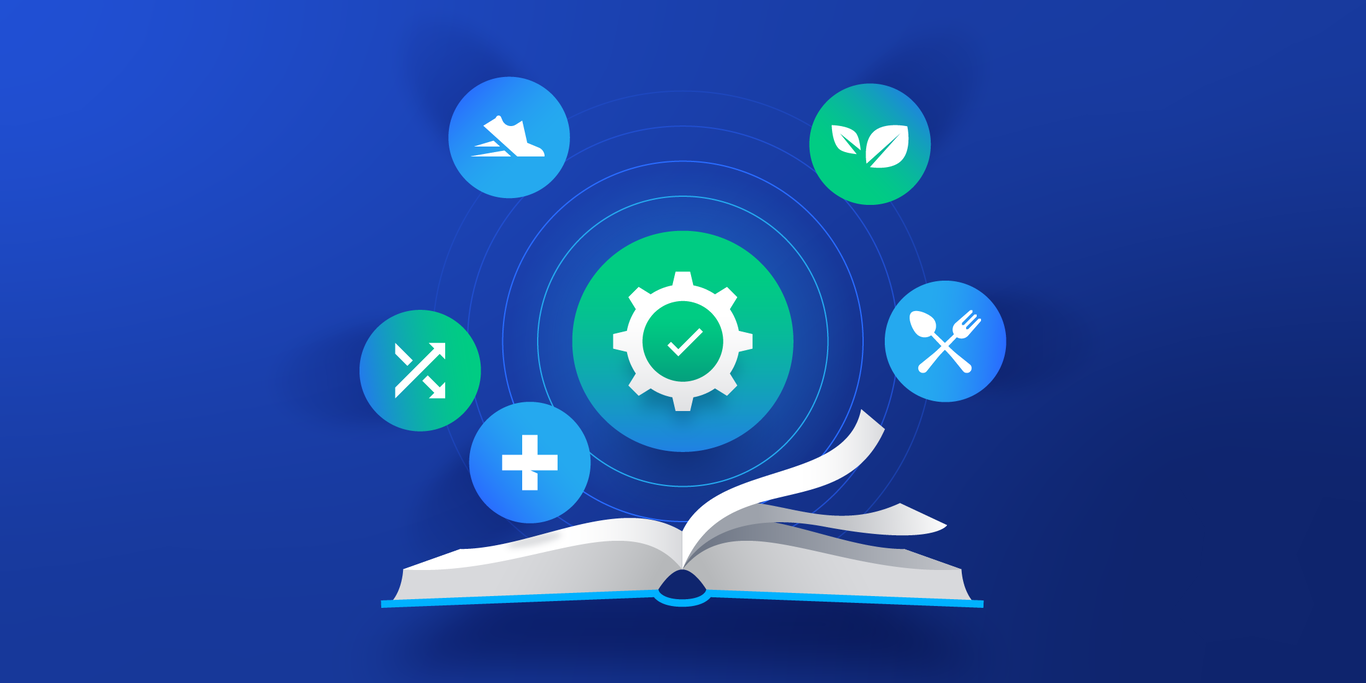Learning to Learn: 5 Tips to Master Any Product Management Domain
Product managers work across many industries, and domain-specific knowledge is essential to finding success in each one. Learn how to quickly acquire industry expertise with these tried-and-tested recommendations.
Product managers work across many industries, and domain-specific knowledge is essential to finding success in each one. Learn how to quickly acquire industry expertise with these tried-and-tested recommendations.
Milos is a product specialist who has built and shaped B2B and B2C digital products in education, HR, healthcare, and more. He is a Certified Scrum Master and Certified Scrum Professional-Product Owner (CSP-PO).
Expertise
Software products exist in virtually every sector, from healthcare and fitness to food and finance. As such, the demand for product managers is broad, and the average product manager’s career path may span several industries—each using various product management techniques. Traversing domains means serving diverse sets of users, each with specific needs and behaviors, and navigating discrete regulations, competitors, best practices, and technologies: Data policies and protections for medical software or an investment app, for example, will be markedly different than those for an e-commerce or entertainment platform.
Switching industries is beneficial to individuals seeking to broaden their experience. It’s equally beneficial to clients and companies—a product manager who has worked in more than one domain can offer innovative perspectives and drive real improvements. Wide-ranging business domain knowledge is especially useful to organizations or technologies that serve multiple sectors.
As a contract product manager, you need to be able to quickly gain an understanding of the key aspects of a new field in order to serve your company. While learning on the job is inevitable, you will likely need basic domain knowledge during the application or interview stage to land the role. Even when this isn’t the case, you’ll still want to have the skills to lead your team and effectively shape products from day one.
This means that being a fast and curious learner is one of the most important assets you can have. Leading product executive Marty Cagan emphasizes this in his book, Empowered: Ordinary People, Extraordinary Products, asserting that hiring a good product manager with sharp learning skills is better than hiring exclusively for domain expertise. The good news is that learning is a skill like any other: You can learn to learn.
5 Proven Practices to Acquire Industry Knowledge Quickly
I have been fortunate to work in a variety of industries, including education, healthcare, and safety and environment management. In one role, I delivered enterprise resource planning software with modules across HR, accounting, IT, and more. When starting out in these jobs, I didn’t have sector-specific knowledge, so it was imperative to quickly learn the varying procedures, needs, and particularities of each in order to develop valuable products. Here are my five tried-and-tested recommendations for how to learn a product management domain.
1. Identify Relevant Resources
There are many books and research papers available that can help you understand the basics of a domain, as well as the latest product developments. Find out who the thought leaders and experts are in a given field and seek out literature they have authored. For example, I discovered business management experts David Norton and Robert Kaplan when researching a strategy performance tool called “the balanced scorecard” that they developed together. Familiarizing myself with their books and articles influenced my approach to building an enterprise resource planning system for my client.
For most domains, you will find one key work, usually known as a “handbook.” Finding these resources is as simple as searching, for example, the “handbook of banking,” the “handbook of advertising,” or the “handbook of insurance.” The most credible publishers will consistently rank among the highest in your search engine results, making your task that much easier. Google Scholar is another great place to search for resources, as it offers access to peer-reviewed, academic works from many disciplines.
The downside to internet-based learning is having to filter out all the noise and misinformation in this vast sea of data. Finding online communities can help narrow the field; you will gain reliable insights and have meaningful discussions in hubs of creators, experts, and influencers. The type of hub will vary by domain—if you’re diving into the skin care industry, for example, look to forums and medical associations. For something like gaming, try Reddit or Patreon.
If relevant, you can take your research one step further—attend industry events, take a class, or get certified. If you’re working on an HR product, for example, look to the Gartner ReimagineHR Conference. If you can’t attend an event, follow the listed speakers and instructors on social media—presenter lineups are a great place to find industry experts.
2. Become a Product User
If you’re trying to learn a new language, the best approach is to surround yourself with it: listen to music, watch videos, and read the news in that language; correspond with a fluent pen pal; change the default language on your devices and accounts; and use the language to write your shopping lists and diary. The same advice applies to learning a new domain: It must be an active pursuit. Immerse yourself to become an intensive user.
Download apps, sign up for free trials and newsletters, and enroll in programs. If you’re exploring blockchain and cryptocurrency, for example, download wallets, trade, try minting an NFT, join relevant Discord servers, and so on. This will help you familiarize yourself with the domain and understand the users you are creating products for. By downloading and using bookkeeping software, for example, I learned firsthand about basic user needs, as well as the frictions and pain points associated with the current offerings. This helped me understand what makes an accounting product effective.
3. Take Good Notes
Systemize the aforementioned practices by learning how to take good notes. This will further cement those findings and allow you to return to them to refresh your knowledge when needed. Some of the key points to log could be acronyms, terminology, and definitions; subject matter experts and thought leaders; literature titles and executive summaries; and existing products and services offered by your client and their competitors.
Effective note taking is an art in itself and there are many different methods you can use. I like Zettelkasten, which uses a system of individual cards that are connected through metadata such as headings or tags. This method can be adjusted to suit your needs and preferences. You don’t need to use paper and pen—there are plenty of apps and digital systems available, depending on what type of note taker you are. Try a few and see which works best for you.
4. Use the Feynman Technique
The Feynman Technique, widely known as one of the best ways to learn and internalize a new concept, is a model developed by influential physicist and Nobel Prize winner Richard Feynman. It’s an efficient and simple method comprising four steps:
Step 1: Identify the concept.
Identify the subject you want to learn more about. Write the name of that subject at the top of the page.
Step 2: Explain it to a child.
Start writing, in your own words, everything you know about the subject. The key here is to keep your language simple—no complex terminology or jargon—so that a 12-year-old would be able to understand it.
Step 3: Review and simplify your notes.
This is where the learning begins. Read your notes and identify if there are any parts you don’t fully understand. Go back to the learning material or do additional research to fill the knowledge gaps.
Step 4: Repeat and refine the explanation as needed.
Start explaining the concept on paper again in simple language. If there are still gaps or unclear areas, repeat Step 3 until you have a complete explanation.
5. Harness and Nurture Motivation
There is a positive correlation between motivation and learning outcomes: Motivated individuals tend to achieve better results. Here are some of the ways you can boost your motivation to increase learning and improve outcomes.
Find or remember the higher purpose.
Doing a great job is usually motivation in itself, but learning is not linear and you may experience peaks and troughs in your desire to learn. Sometimes, a particular field may seem daunting, challenging, or simply uninteresting. In these cases, it can be helpful to remember the higher purpose: What value will a product provide? It might empower businesses, help teams be more productive, improve an individual’s well-being, or help people relax and have some fun. Remind yourself of the higher purpose to get excited about the work.
Acknowledge difficult feelings (but don’t dwell on them).
It can be frustrating to feel like we’re not making progress or that we’ve hit a bump in the road. This is especially true of learning complex subjects. The important thing is to acknowledge any difficult feelings or resistance. It can help to write down concerns or challenges, then put them aside. Denying these feelings often means they will come to the surface later in a more powerful way or cause you to avoid the work altogether. Try breaking down large topics into smaller lessons. Don’t be too hard on yourself—and rest and recharge as needed.
Make a learning plan.
Creating and sticking to a learning plan is a great motivational tool. When a larger objective is broken into smaller goals, it’s easier to make progress and build a sense of accomplishment. Organize the steps in your learning so that they are measurable, and you can track your progress. There’s no need to write an extensive document—a chart or simple spreadsheet will do. You can start right away by downloading and using this learning plan:

Find What Works For You
These tips should encourage you to venture into new domains alongside learning product management as a discipline and practice. Everyone learns differently, so find and utilize the resources and processes that work best for you. Be sure to consolidate and keep track of your learnings, whether that’s through consistent note taking or more methodically with the Feynman Technique. Building your domain knowledge is a crucial aspect of learning product management and will allow you to capitalize on your product skills in new and impactful ways.
Further Reading on the Toptal Blog:
- Product Management Empowered by the Entrepreneurial Mindset
- How to Use Your Product Management Experience to Ride the AI Wave
- How to Effectively Quantify Product Value: A Guide for Product Managers
- Embracing an “Aha!” Moment: Building Trust to Effect Change
- Proof in Numbers: Using Big Data to Drive Results
Understanding the basics
What is a product management domain?
A product management domain is an industry or technical area in which a product needs to be built.
Do product managers need domain knowledge?
To learn product management, domain knowledge is crucial. It helps product managers develop products that are truly effective and valuable to users.
What is the Feynman Technique?
The Feynman Technique is a learning model developed by influential physicist and Nobel Prize winner Richard Feynman. It comprises four steps: identify the concept, explain it to a child, review and simplify, repeat and refine.
Belgrade, Serbia
Member since April 14, 2022
About the author
Milos is a product specialist who has built and shaped B2B and B2C digital products in education, HR, healthcare, and more. He is a Certified Scrum Master and Certified Scrum Professional-Product Owner (CSP-PO).


